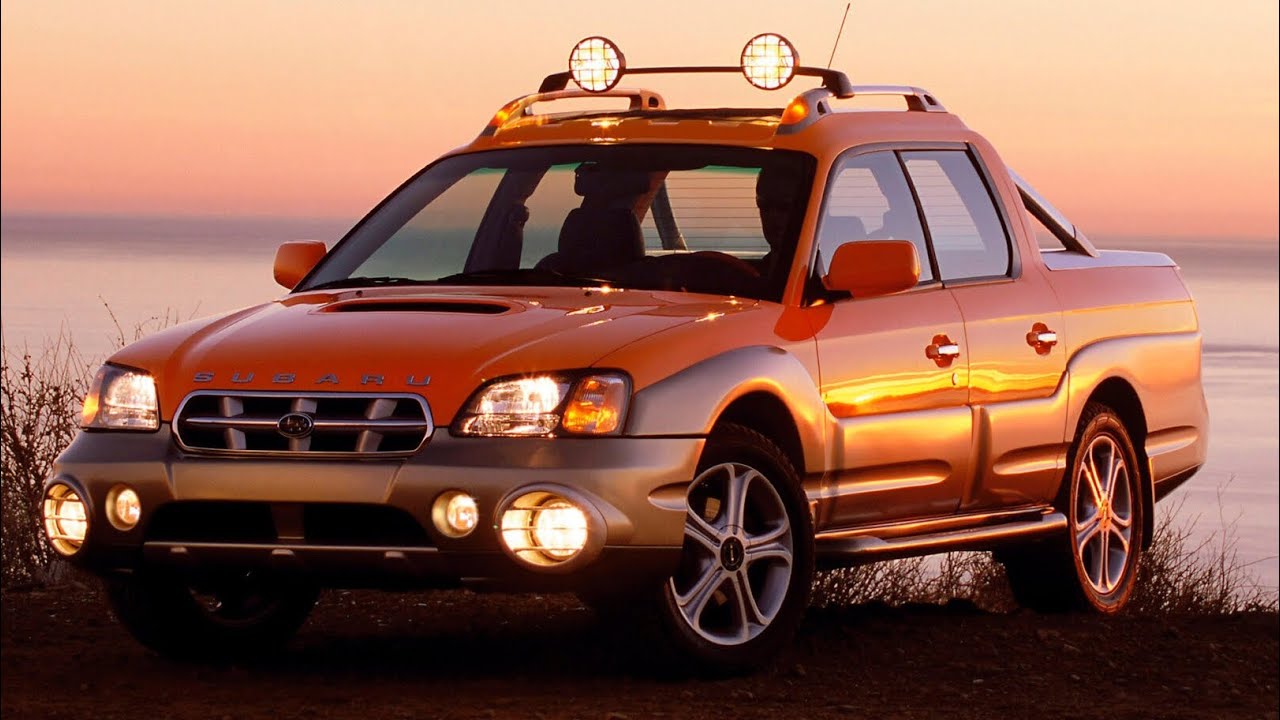In the vast landscape of automotive engineering, few engine designs evoke as much fascination and admiration as the boxer engine. Known also as the flat or horizontally opposed engine, the boxer configuration is unique in its layout: cylinders are positioned in two banks on opposite sides of a central crankshaft, moving in a way that resembles two boxers’ fists punching inward simultaneously—hence the name.
This distinctive architecture not only creates a compact and balanced engine but also confers several inherent advantages that contribute to a vehicle’s performance, handling, and durability.
Though it might not be as commonly employed as inline or V-type engines, the boxer engine has carved out a special place in the hearts of enthusiasts and everyday drivers alike, largely thanks to its reputation for reliability and longevity.
The history of the boxer engine is rich and varied, dating back to early aviation and automotive pioneers who sought to achieve smoother power delivery and better vehicle balance. Among the modern manufacturers, Subaru and Porsche stand out as the most prominent advocates of this engine type.
Subaru’s consistent use of boxer engines across its lineup—from rugged SUVs to sporty sedans—has made the engine synonymous with practicality and endurance. Meanwhile, Porsche’s iconic sports cars, especially the legendary 911 series, demonstrate how boxer engines can excel in high-performance applications without sacrificing durability.
What truly sets boxer engines apart when it comes to longevity is the combination of their balanced design and efficient cooling characteristics. Unlike inline engines, which can be prone to vibrations and uneven wear, the opposing piston movement in a boxer engine cancels out many internal forces.
This means less mechanical stress on critical components such as the crankshaft, bearings, and pistons, which ultimately reduces fatigue and wear over time. Additionally, the horizontal layout lowers the vehicle’s center of gravity, improving stability and handling—a benefit appreciated not only by performance drivers but also by everyday motorists seeking safer, more predictable rides.
Beyond mechanical advantages, the longevity of boxer engine cars is often bolstered by the culture and community surrounding these vehicles. Subaru owners, for example, are known for their dedication to routine maintenance and preventative care, while Porsche enthusiasts often invest in meticulous upkeep and performance upgrades that enhance durability.
This shared knowledge and commitment contribute significantly to the engines’ ability to surpass typical lifespan expectations. In this article, we will explore ten boxer engine cars that have consistently demonstrated their ability to last longer than many drivers expect.
From the dependable Subaru Outback and Forester to the high-performance Porsche 911 and Cayman, each of these vehicles showcases the strengths of boxer engines across different segments and driving styles. We will delve into what makes their engines resilient, common maintenance practices that extend engine life, and why these cars continue to enjoy loyal followings years after their initial release.
Whether you are a car enthusiast fascinated by engineering, a prospective buyer curious about durability, or simply interested in understanding what makes certain engines stand the test of time, this guide will offer valuable insights.
The enduring legacy of boxer engines is not merely a technical achievement; it is a testament to how thoughtful design, quality manufacturing, and responsible ownership combine to create vehicles that remain reliable companions for hundreds of thousands of miles.
Also Read: 5 Cars With Encrypted Key Fobs and 5 That Broadcast Constantly
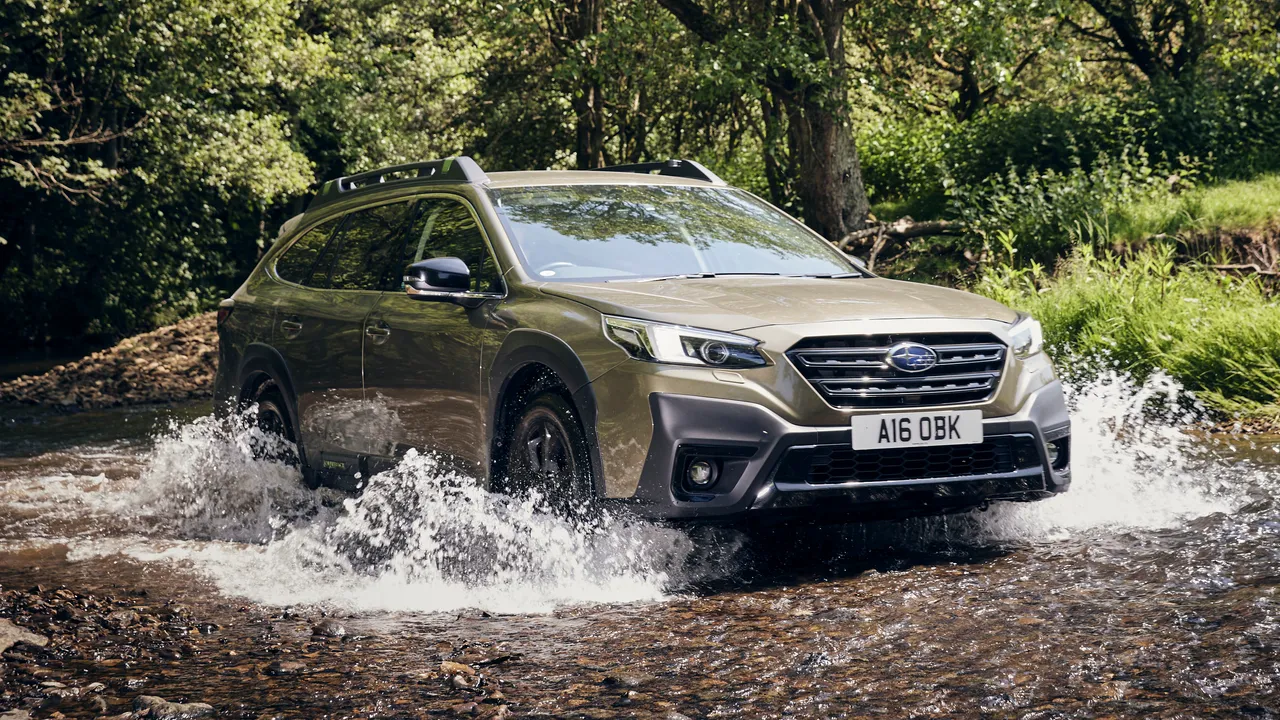
1. Subaru Outback (Third Generation, 2005–2009)
The Subaru Outback is one of the most iconic vehicles to feature the boxer engine, particularly the third generation that was produced between 2005 and 2009.
This generation saw Subaru solidify its reputation for building rugged, reliable vehicles ideal for adventurous drivers. The Outback’s use of the 2.5-liter naturally aspirated boxer engine became a hallmark for durable performance and longevity.
This engine is known for consistently running past the 200,000-mile mark with routine maintenance, a testament to Subaru’s robust engineering. The low center of gravity provided by the boxer engine also enhances the vehicle’s stability and handling, making it a favorite among those seeking both durability and a solid driving experience.
The longevity of the third-generation Outback’s boxer engine can also be attributed to Subaru’s emphasis on simplicity and balance. Unlike some complex overhead camshaft engines from other manufacturers, the boxer engine’s design reduces internal friction and uneven wear, which in turn minimizes the potential for premature failures.
Additionally, the horizontally opposed configuration allows for better cooling, as air and coolant flow are optimized around the cylinders. This characteristic helps prevent overheating, one of the main causes of engine wear.
Drivers who consistently follow recommended oil change intervals and use quality lubricants often report their Outbacks running smoothly well beyond 250,000 miles.
Owners of the third-generation Subaru Outback often highlight the engine’s resilience under tough conditions, including frequent off-road use, long highway drives, and cold climates. The boxer engine’s low vibration output also reduces the stress on other vehicle components, such as the transmission and suspension.
This indirectly contributes to the overall longevity of the car by ensuring that the engine operates harmoniously with the rest of the drivetrain. Subaru’s Symmetrical All-Wheel Drive system, paired with the boxer engine, is a reliable combination that has helped maintain the vehicle’s value and operational lifespan in various markets around the world.
Finally, the availability of aftermarket parts and a supportive community around Subaru vehicles means that maintenance and repairs are accessible and affordable, factors that further enhance the longevity of these cars. Enthusiasts and mechanics alike praise the third-generation Outback for its straightforward engine bay layout, which simplifies routine checks and repairs.
This user-friendly design aspect means that more owners are willing to perform preventative maintenance rather than waiting for serious issues to arise. The Subaru Outback, with its boxer engine, remains a prime example of a car that can last longer than expected with proper care.
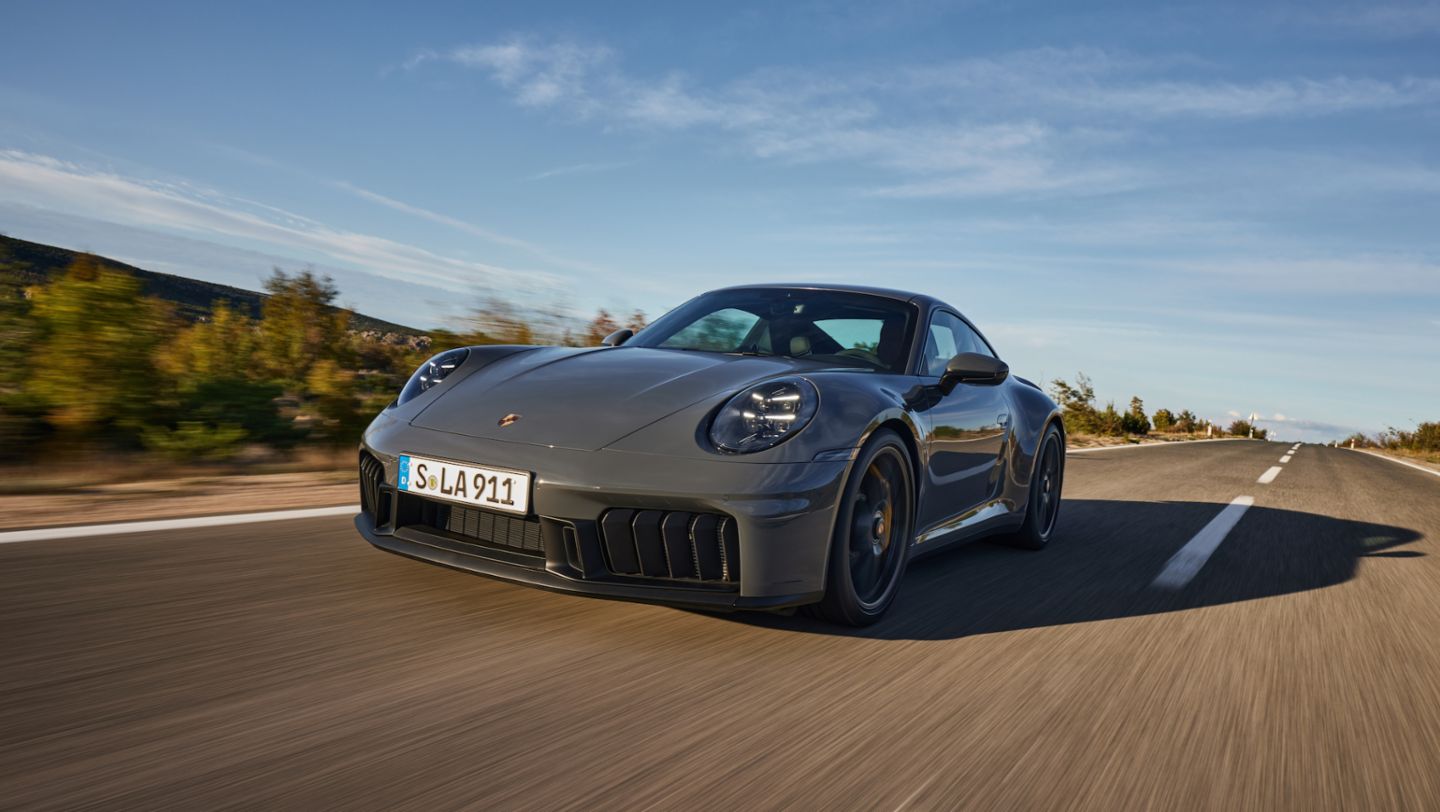
2. Porsche 911 (Air-Cooled Models, Pre-1998)
The Porsche 911, especially the air-cooled models produced before 1998, is arguably one of the most famous cars powered by a boxer engine. These vehicles have become legendary not just for their performance but also for their incredible durability and engine longevity.
The flat-six boxer engines used in early 911 models have a distinctive design, with a unique cooling system that relies on air rather than liquid coolant. This approach allowed Porsche to keep engine components simpler and lighter, contributing to the longevity of these sports cars.
Many examples of air-cooled 911s are known to have exceeded 200,000 miles, with some enthusiasts reporting over 300,000 miles on the original engine. One of the critical factors in the Porsche 911’s engine longevity is its robust engineering and materials quality.
Porsche has always been meticulous about using high-grade metals and precise manufacturing tolerances. The boxer engine’s horizontally opposed design aids in balancing the engine’s forces, reducing wear on bearings and other moving parts.
Despite being air-cooled, the engines maintain optimal operating temperatures due to clever airflow management through ducts and fans. This not only protects the engine from overheating but also ensures even wear across all cylinders. When combined with regular oil changes and valve adjustments, the Porsche boxer engine can run reliably for decades.
The culture surrounding Porsche ownership also plays a significant role in these engines lasting longer than expected. Many owners treat their vehicles as prized possessions, adhering strictly to maintenance schedules and often performing or commissioning thorough rebuilds.
The aftermarket support for Porsche parts and services is extensive, and the strong enthusiast community offers a wealth of knowledge on keeping the air-cooled boxer engine in top shape. Moreover, these engines have a reputation for being forgiving of occasional hard driving, thanks to their robust internal components and consistent lubrication pathways.
Finally, the driving experience and the unique sound of the air-cooled boxer engine contribute to the Porsche 911’s legendary status. The combination of mechanical reliability and driver appeal has created a feedback loop where owners are motivated to maintain their cars meticulously.
As a result, it is not uncommon to see classic Porsche 911s with air-cooled boxer engines still running reliably on roads today, decades after their original production, defying expectations of engine lifespan in high-performance sports cars.

3. Subaru Impreza WRX (First Generation, 1992–2000)
The Subaru Impreza WRX from the first generation is a prime example of how boxer engines can deliver both performance and longevity. Equipped with a turbocharged 2.0-liter or 2.5-liter boxer engine, the early WRX models quickly gained a reputation for being durable, rally-inspired cars suitable for everyday use.
Unlike many turbocharged engines that tend to have shorter lifespans due to increased stress and heat, the Impreza WRX’s boxer engine often defied this trend, lasting well beyond 150,000 miles with appropriate maintenance. This longevity owes much to Subaru’s engineering choices, including the engine’s balanced layout and the use of a robust iron block.
The durability of the first-generation WRX’s boxer engine can be linked to its ability to dissipate heat effectively, a critical factor for turbocharged engines. The boxer configuration allows for better cooling airflow and even heat distribution compared to inline or V engines, which is essential when the engine is running under high boost pressures.
Moreover, Subaru’s design incorporates features such as oil squirters that cool the underside of pistons, protecting them from thermal stress and extending engine life. Many WRX owners have reported that, with regular oil changes and occasional turbo maintenance, their engines remain healthy for well over 200,000 miles.
Beyond the mechanical advantages, the WRX’s reputation for longevity is strengthened by its versatility. These vehicles are often used in diverse conditions—from urban commuting to off-road rally stages—yet the boxer engine handles these challenges with ease.
The symmetrical all-wheel-drive system complements the engine’s performance and reliability by providing balanced traction and minimizing drivetrain stress. Owners who prioritize preventive maintenance, such as timely timing belt replacements and fluid changes, typically enjoy extended engine life and fewer major repairs.
The aftermarket tuning scene around the first-generation Impreza WRX has also contributed indirectly to its longevity. While some modifications may strain the engine, many enthusiasts invest in upgraded cooling systems, reinforced internals, and quality engine management software.
These upgrades often lead to a more robust engine capable of withstanding higher power levels without sacrificing durability. The combination of Subaru’s solid boxer engine design and the vibrant WRX community has cemented the early Impreza as a boxer-powered car that lasts longer than many initially expect.
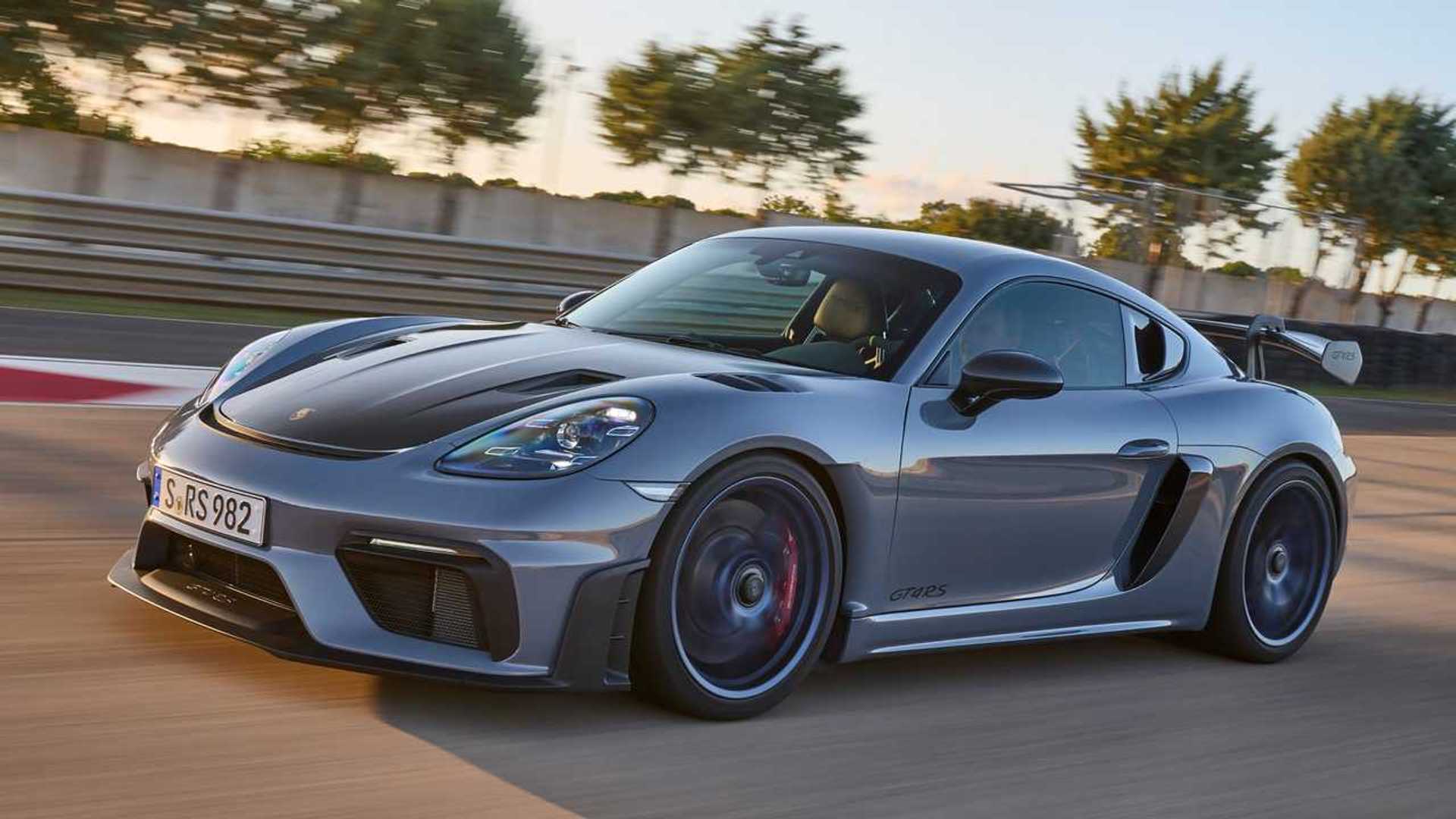
4. Porsche Cayman (987 and 981 Generations, 2005–2016)
The Porsche Cayman models from the 987 (2005–2012) and 981 (2012–2016) generations feature water-cooled flat-six boxer engines that continue Porsche’s legacy of combining performance with reliability. Unlike the earlier air-cooled 911s, these Caymans use modern cooling technology to improve efficiency and engine life.
The mid-engine layout of the Cayman, paired with the boxer engine’s low center of gravity, results in exceptional handling dynamics and durability. These engines are known for their ability to comfortably surpass 150,000 miles with routine care, and many owners report minimal mechanical issues even after years of spirited driving.
One of the reasons for the Porsche Cayman’s boxer engine longevity is the use of advanced materials and engineering techniques. Porsche employs forged pistons, high-strength crankshafts, and precision-machined components designed to withstand thermal and mechanical stresses.
The water-cooled boxer engines in these models benefit from improved cooling passages and oil circulation, which help maintain optimal temperatures during aggressive driving or extended use. As a result, wear on cylinder walls, piston rings, and valves is minimized, contributing to a longer engine life.
Regular maintenance plays a crucial role in the longevity of Cayman boxer engines. Porsche recommends intervals for oil changes, valve adjustments, and coolant replacements that help maintain engine health. The relatively straightforward design of the boxer engine, combined with Porsche’s engineering standards, makes it easier to diagnose and address potential issues before they become serious.
Many owners also invest in preventive measures such as upgraded cooling systems or higher-grade lubricants to further extend the engine’s life, especially if the car is driven hard or tracked.
Lastly, the community around Porsche sports cars, including the Cayman, helps ensure that these engines are well cared for. Enthusiasts share tips on maintenance, common issues, and best practices, which help prolong the service life of the boxer engines.
The blend of robust factory engineering, regular care, and community support makes the Porsche Cayman’s boxer engine one of the more durable and long-lasting in the modern sports car segment.
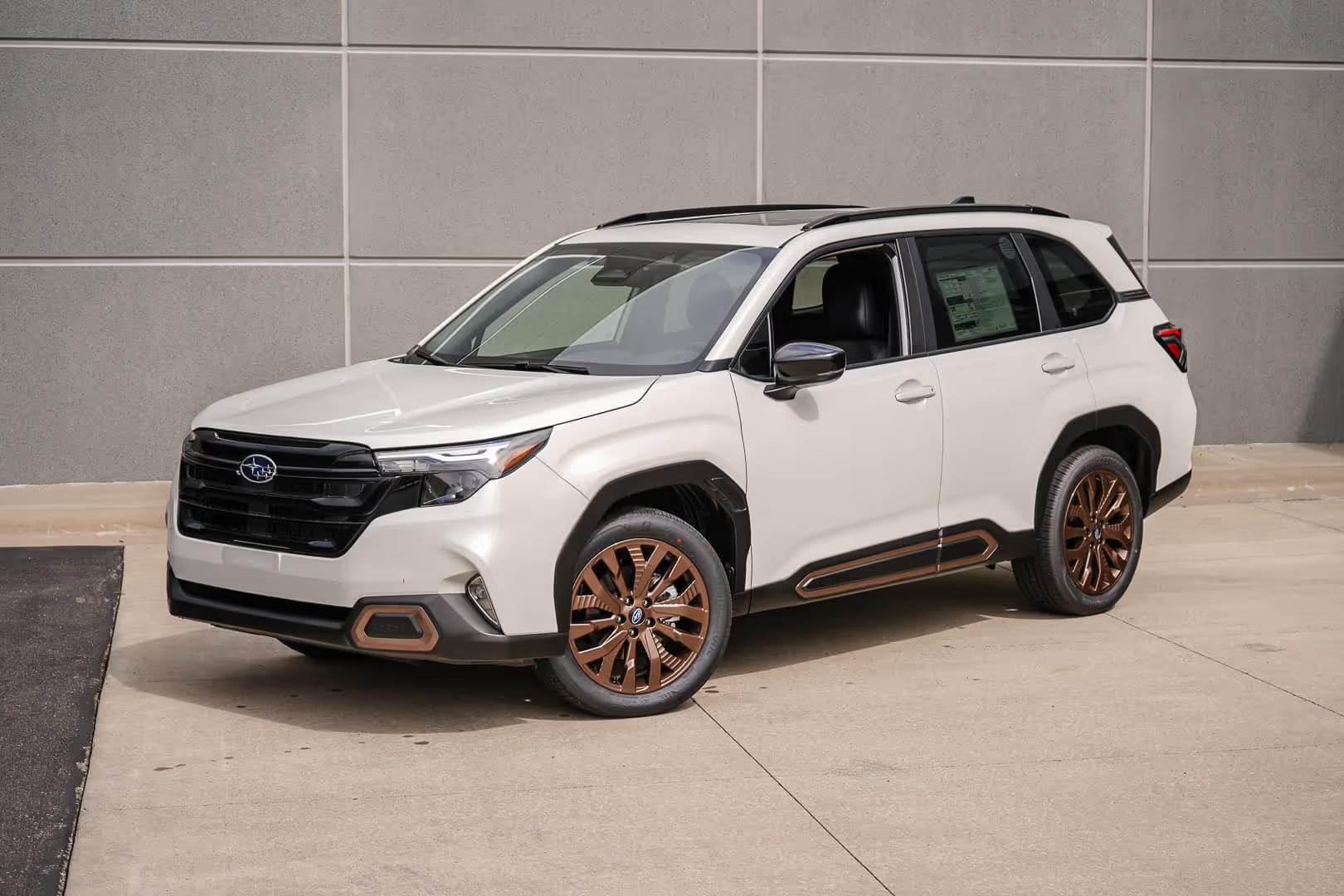
5. Subaru Forester (Second Generation, 2002–2008)
The Subaru Forester from the second generation represents another solid example of a boxer engine-powered vehicle known for its durability and longevity. This model features the naturally aspirated 2.5-liter boxer engine that became widely recognized for its robustness and reliability.
The Forester, being a compact crossover SUV, is often used in a variety of conditions, including off-road adventures and harsh weather, which puts the boxer engine through a range of stresses. Despite this, many Foresters from this generation are known to have surpassed 200,000 miles with standard maintenance, underscoring the engine’s resilience.
One of the defining characteristics of the second-generation Forester’s boxer engine is its ability to maintain smooth performance across various driving environments. The horizontally opposed cylinder layout helps lower the vehicle’s center of gravity, enhancing stability and control on rough terrain or slippery roads.
This stability reduces the likelihood of drivetrain stress and engine strain, which indirectly contributes to longer engine life. Additionally, Subaru’s use of durable materials in the engine block and components helps resist corrosion and wear, especially important in climates with frequent exposure to moisture and road salt.
The engine’s maintenance-friendly design also plays a significant role in its longevity. The boxer engine’s accessibility in the Forester’s engine bay allows owners and mechanics to perform oil changes, spark plug replacements, and timing belt inspections with relative ease.
Timely replacement of these critical components helps prevent engine damage caused by neglect. Moreover, the Subaru community’s widespread knowledge and resources for maintenance mean that owners are more likely to adhere to best practices, further extending engine life.
Finally, the Subaru Forester’s boxer engine benefits from Subaru’s commitment to reliability and continuous improvement. The company’s experience with boxer engines across its lineup has led to incremental enhancements in engine durability, such as improved sealing technologies and better cooling systems.
These advancements have ensured that even older Foresters retain their engines’ performance and dependability over time. Consequently, the second-generation Forester remains a dependable choice for those seeking a long-lasting SUV with the unique advantages of a boxer engine.
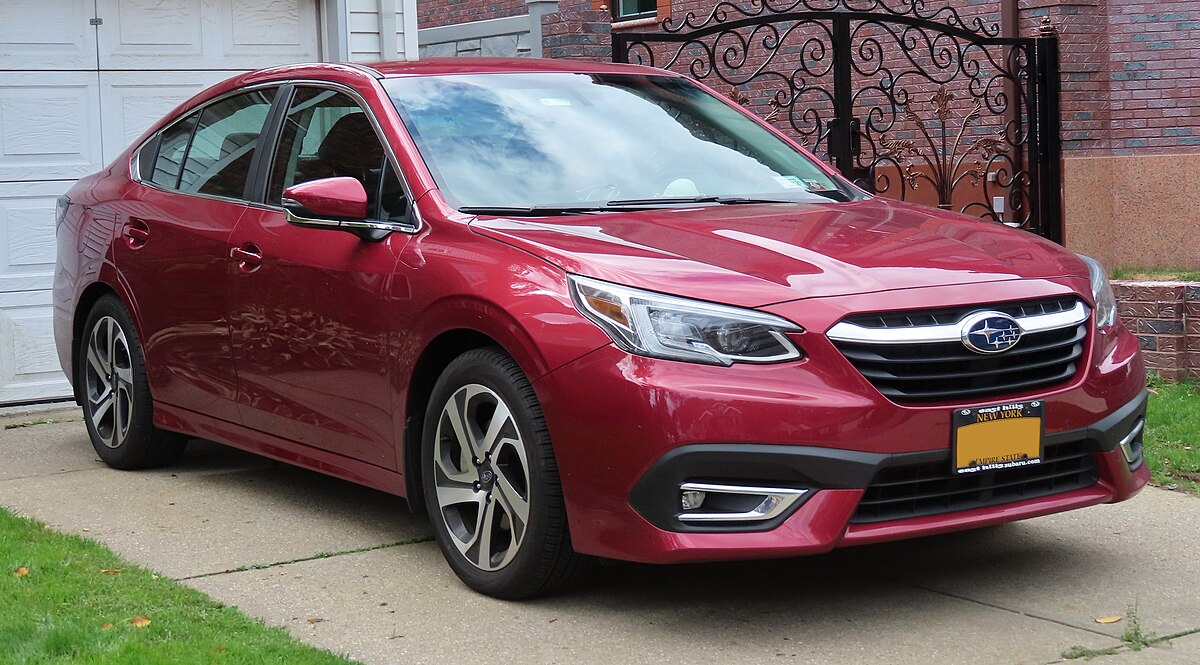
6. Subaru Legacy (Fourth Generation, 2003–2009)
The fourth-generation Subaru Legacy is another standout vehicle featuring the boxer engine, showcasing a combination of durability, performance, and practicality. This generation offered a range of boxer engines, including naturally aspirated and turbocharged variants of the 2.5-liter displacement.
The Legacy’s engine, much like those in other Subaru models, is praised for its long lifespan, often lasting well beyond 200,000 miles with proper maintenance. The boxer engine’s inherent balance and low center of gravity contribute not only to a smooth driving experience but also to less mechanical stress over time, enhancing the engine’s longevity.
A key reason the Legacy’s boxer engine lasts longer than expected is Subaru’s focus on robust construction and ease of maintenance. The engine components, such as pistons, crankshafts, and cylinder heads, are built with high-quality materials designed to withstand everyday wear and tear as well as harsher driving conditions.
Furthermore, the horizontally opposed layout allows for better heat dissipation, which reduces the risk of overheating, a common culprit in engine failure. This thermal efficiency is especially valuable in turbocharged versions where heat management is critical for long-term reliability.
Owners of the fourth-generation Legacy also benefit from Subaru’s well-documented maintenance schedules and guidelines, which encourage routine oil changes, timing belt replacements, and regular inspections of key engine components. These preventive measures help avoid costly repairs and extend the operational life of the boxer engine.
The community surrounding Subaru vehicles is highly engaged, sharing valuable advice on maintenance, troubleshooting, and performance upgrades, which further supports the longevity of these engines.
Lastly, the Legacy’s boxer engine is complemented by Subaru’s symmetrical all-wheel-drive system, which distributes power evenly and reduces drivetrain stress.
This harmonious mechanical relationship ensures that the engine operates under less strain, leading to a more durable overall powertrain. The result is a vehicle that not only performs well on highways and city streets but also maintains its reliability for years, often surprising owners with how long the engine continues to run smoothly.
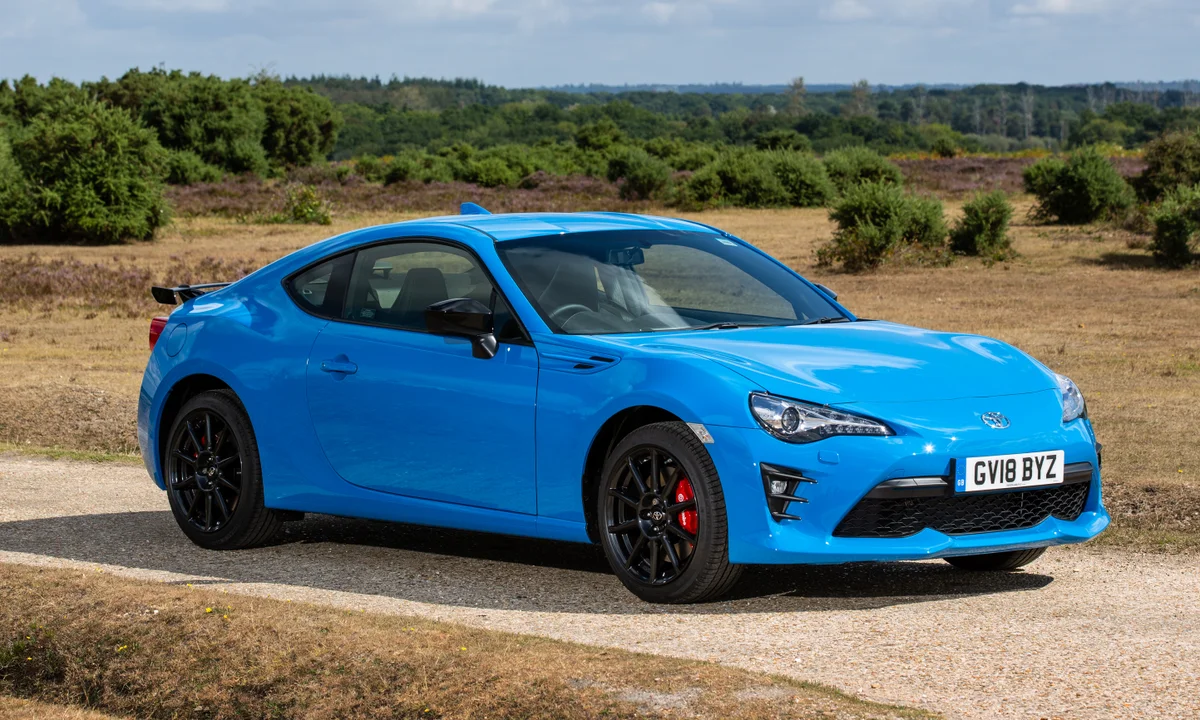
7. Subaru BRZ / Toyota 86 (2012–Present)
The Subaru BRZ and its twin, the Toyota 86, are modern sports cars celebrated for their lightweight design, rear-wheel-drive dynamics, and boxer engine performance. Introduced in 2012, these cars use a 2.0-liter flat-four boxer engine co-developed by Subaru and Toyota.
Despite being sports cars with a focus on spirited driving, the boxer engines in these models have shown impressive durability, often lasting well beyond 150,000 miles with proper care. The low center of gravity and balanced engine layout contribute to both driving enjoyment and mechanical longevity.
A critical factor in the BRZ/86’s engine longevity is the meticulous engineering behind the boxer design, which emphasizes smooth operation and reduced vibration. This results in less internal stress on the engine components, such as bearings, piston rings, and the crankshaft.
The relatively simple and compact design also allows for efficient cooling and oil circulation, essential for maintaining performance and reducing wear during extended or aggressive driving. Many owners report that adhering to regular oil change intervals and avoiding overly aggressive tuning preserves the engine’s health.
The maintenance accessibility and reliability of the boxer engine in the BRZ and 86 also play a big role in their lasting appeal. Routine tasks like spark plug replacement, valve adjustments, and timing chain inspections can be performed without excessive labor, encouraging owners to keep up with maintenance.
The availability of quality aftermarket parts and a strong enthusiast community ensures that owners can modify or maintain their cars without compromising the engine’s longevity. This support network has helped many drivers keep their BRZs and 86s running strong well past the 100,000-mile mark.
Lastly, the collaborative engineering efforts between Subaru and Toyota ensure that the boxer engine in these sports cars balances performance and durability effectively. While designed to offer an exhilarating driving experience, the engine is robust enough to withstand daily driving stresses and occasional spirited use.
This blend of attributes makes the Subaru BRZ and Toyota 86 among the modern boxer engine cars that last longer than many expect, proving that even a small-displacement sports engine can deliver endurance and reliability.
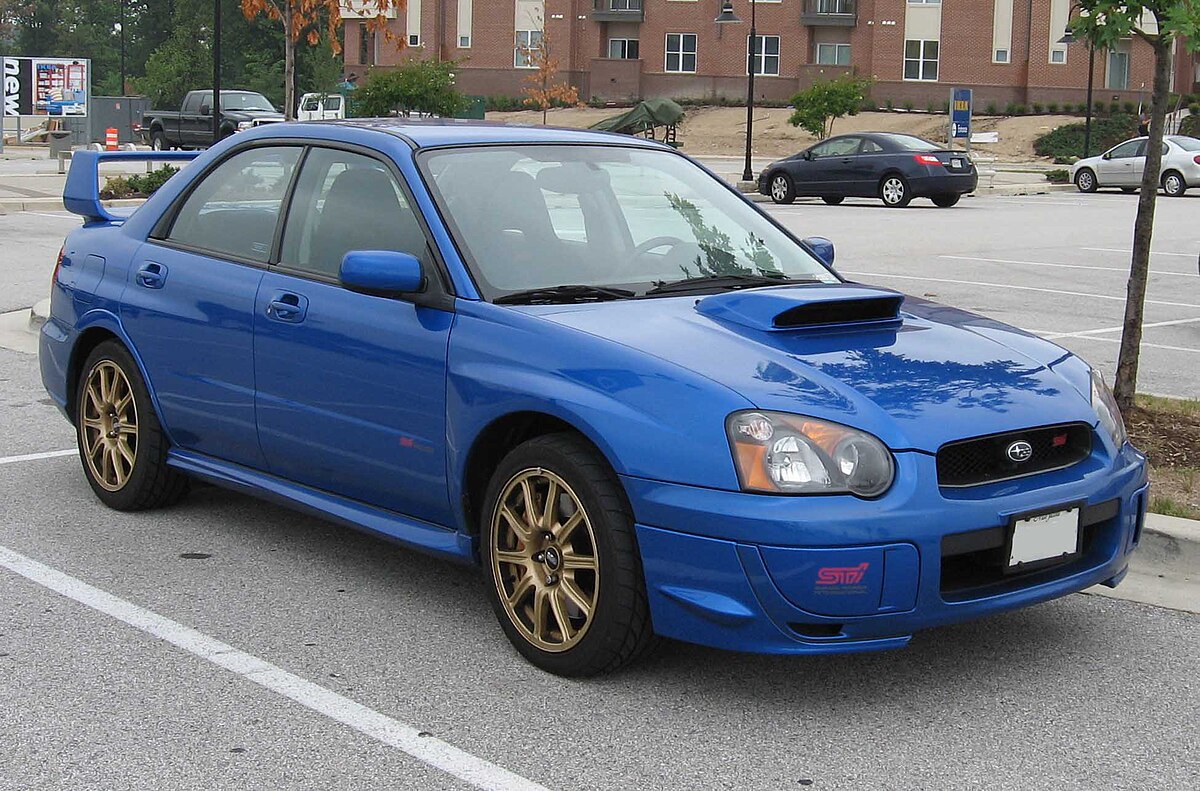
8. Subaru WRX STI (Second Generation, 2000–2007)
The second-generation Subaru WRX STI is one of the most revered boxer engine-powered cars among rally enthusiasts and performance seekers. Equipped with a turbocharged 2.0-liter or 2.5-liter flat-four boxer engine, the WRX STI combines raw power with a reputation for longevity, particularly when well-maintained.
While turbocharged engines often face concerns about reduced lifespan due to higher operating temperatures and increased mechanical stress, the WRX STI’s boxer engine has proven surprisingly durable, frequently surpassing 150,000 miles without major overhauls.
The durability of the WRX STI’s boxer engine owes much to Subaru’s advanced engineering and the engine’s efficient cooling system. The horizontally opposed configuration allows for balanced heat distribution, which is critical in turbocharged applications.
Subaru also incorporated oil squirters to keep piston undersides cool, minimizing thermal degradation and extending component life. These features reduce the likelihood of common turbo-related failures such as piston ring wear or head gasket issues. Many WRX STI owners report that following the manufacturer’s recommended maintenance intervals is key to enjoying a long-lasting engine.
Another aspect contributing to the WRX STI’s boxer engine longevity is the engine’s solid internal construction. Forged pistons, strong connecting rods, and a reinforced crankshaft provide the strength needed to handle high boost pressures without compromising reliability.
Furthermore, Subaru’s symmetrical all-wheel-drive system helps distribute power effectively, reducing strain on the engine during acceleration and cornering. This balanced drivetrain synergy allows the engine to operate smoothly, even under demanding driving conditions.
Finally, the enthusiastic WRX STI community often helps owners extend the life of their boxer engines by sharing knowledge, performing preventative maintenance, and recommending upgrades that improve reliability. Upgrades such as improved cooling systems, enhanced oil filtration, and engine management tweaks help maintain performance without sacrificing engine health.
This support, combined with Subaru’s robust engineering, ensures that the second-generation WRX STI remains one of the most durable and long-lasting boxer engine cars available.
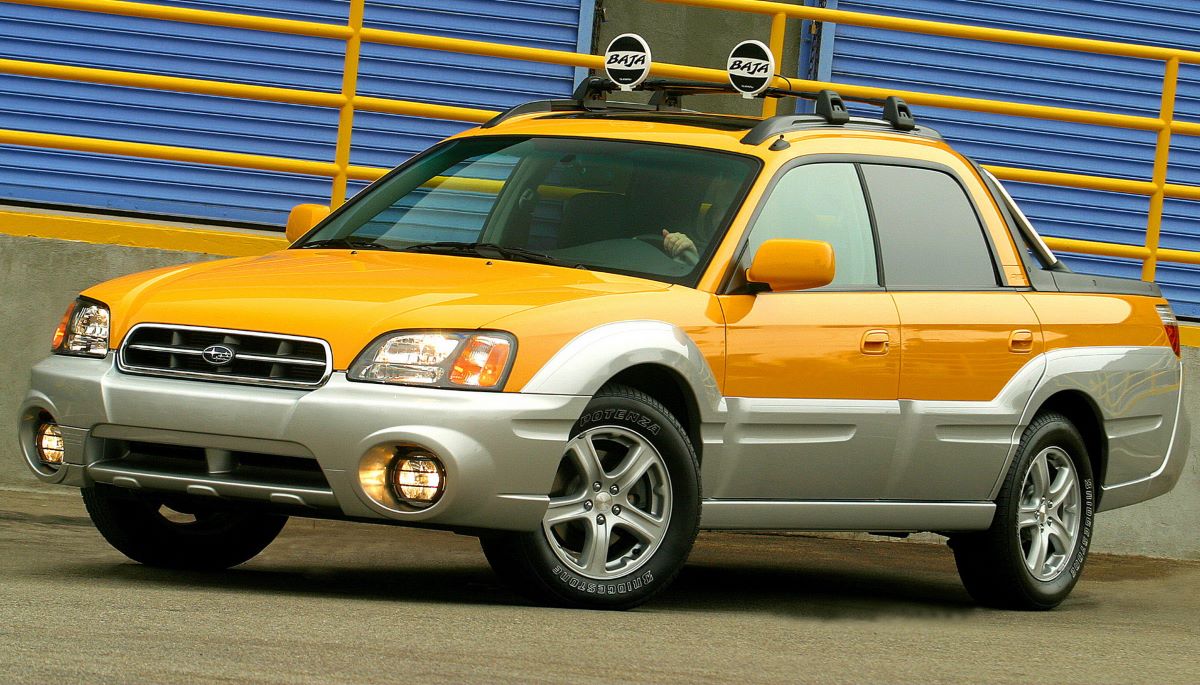
9. Subaru Baja (2003–2006)
The Subaru Baja, a unique combination of a compact pickup and crossover SUV, was powered by Subaru’s dependable boxer engines, primarily the 2.5-liter naturally aspirated flat-four. Although it was produced for a short period and in limited numbers, the Baja shares the same boxer engine heritage as other Subaru models known for their durability.
The engine’s long-lasting reputation holds in the Baja, with many vehicles still running well beyond 200,000 miles. Its rugged design, paired with the robust boxer engine, makes the Baja a standout choice for those looking for longevity in a versatile utility vehicle.
The Baja’s boxer engine benefits from the same low center of gravity and balanced operation that characterize Subaru’s other boxer-powered models. This balance reduces vibration and mechanical stress on engine components, contributing to long-term reliability.
Additionally, the engine’s simple design and efficient cooling allow it to perform well in various conditions, from city driving to light off-road adventures. Many Baja owners praise the engine’s smoothness and resilience even after years of mixed use, underscoring the boxer engine’s reputation for durability.
Maintenance accessibility is another advantage of the Baja’s boxer engine. The engine bay layout is designed to facilitate routine servicing, such as oil changes, spark plug replacements, and timing belt inspections.
This ease of maintenance encourages owners to keep up with preventive care, which directly impacts the engine’s longevity. The availability of parts from Subaru’s broader lineup also helps keep repair costs reasonable, making it easier for owners to maintain their Baja over the long term.
Finally, the Subaru Baja’s boxer engine is supported by the company’s proven all-wheel-drive system, which balances power delivery and reduces drivetrain stress. This synergy helps the engine avoid undue strain, especially during towing or hauling tasks for which the Baja was designed. As a result, the Baja remains an underrated example of a durable boxer engine vehicle that lasts longer than many expect, offering a unique blend of utility and reliability.
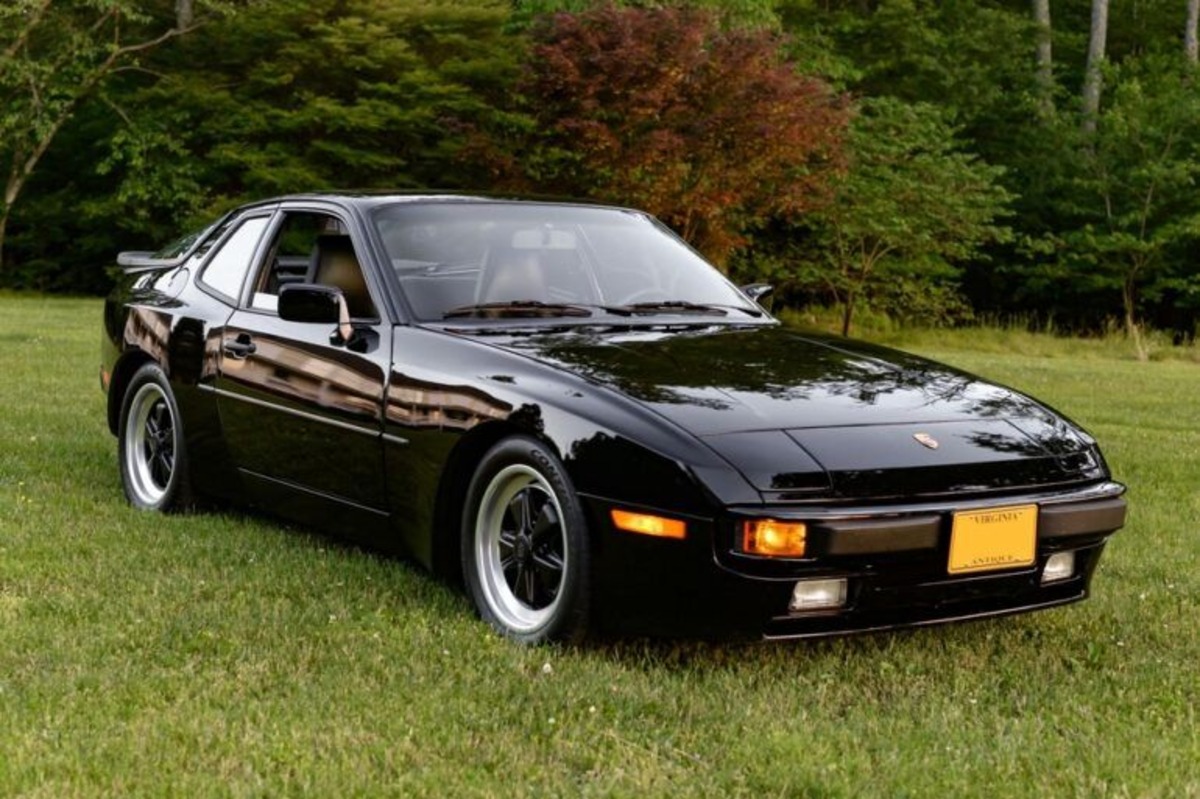
10. Porsche 944 (1982–1991)
While not a traditional flat-six boxer engine like Porsche’s 911, the Porsche 944 is powered by a unique variation of the boxer engine family: the inline four-cylinder engine with a balance shaft system, which exhibits some characteristics similar to the flat engine concept.
The 944’s engine was praised for its engineering and durability, particularly given its performance-oriented nature. Many examples have been known to exceed 150,000 miles, often running reliably with regular maintenance and care. The 944’s engine design aimed to combine power and balance, resulting in a vehicle that offers a sporty driving experience with an engine that stands the test of time.
A key factor in the Porsche 944’s engine longevity is its robust construction and precision engineering. Porsche utilized high-quality materials and meticulous manufacturing processes to build engines that could endure rigorous driving and the demands of spirited owners.
The engine’s design includes efficient cooling and lubrication systems that minimize wear and maintain consistent performance over the years. Owners who maintain their 944s carefully often find their engines still responsive and reliable decades after production ended.
Additionally, the Porsche 944’s popularity among enthusiasts means that many owners have access to detailed service manuals, community knowledge, and quality replacement parts. This support network helps maintain the engines in good condition, with common preventative maintenance tasks such as timing belt changes, valve adjustments, and coolant flushes keeping the engines healthy.
The engine’s relatively simple layout also makes repairs and inspections more straightforward than in some more complex sports cars, contributing to long-term durability.
Finally, the driving experience of the Porsche 944, combined with its engine’s reliability, has cemented its reputation as a classic sports car that can last longer than expected.
Its balanced chassis, paired with the engine’s smooth power delivery, encourages owners to maintain their vehicles carefully, preserving them for future generations. The Porsche 944 remains a testament to how thoughtful engineering and diligent maintenance can extend the life of a performance-oriented engine.
Also Read: 5 Cars With Auto Engine Immobilizers and 5 With None at All
The boxer engine stands as a remarkable example of engineering ingenuity that transcends mere performance figures. Across the ten vehicles discussed—from the rugged and practical Subaru models to the legendary sports cars crafted by Porsche—the boxer engine has proven its ability to last far beyond initial expectations.
These vehicles collectively illustrate how the unique flat engine design, characterized by its opposing piston movement and low center of gravity, contributes to exceptional mechanical balance and reduced internal stress. This design advantage translates directly into longevity, allowing many boxer engine cars to surpass 150,000, 200,000 miles, or more, often with only routine maintenance and proper care.
It is important to recognize that the durability of these engines is not solely the result of their mechanical layout. Regular maintenance, responsible driving habits, and the availability of quality parts and community support all play critical roles in extending the life of a boxer engine. For example, Subaru owners often adhere to stringent service intervals, ensuring timely oil changes, belt replacements, and fluid checks.
Porsche owners tend to invest in thorough inspections and preventative upkeep, often guided by a passionate community that shares expertise on preserving these iconic machines. This culture of care helps mitigate potential issues before they escalate, preserving the engine’s integrity over many years.
Moreover, the engineering advancements over the decades have enhanced the inherent durability of boxer engines. Earlier air-cooled models like the Porsche 911 exemplify longevity despite their more straightforward cooling systems, while modern water-cooled boxer engines found in vehicles like the Porsche Cayman or Subaru BRZ benefit from advanced materials, improved cooling pathways, and refined manufacturing tolerances.
These improvements make today’s boxer engines even more resilient to wear and thermal stress, contributing to their extended lifespans. The impact of the boxer engine’s low center of gravity should not be underestimated either. By enhancing vehicle stability and reducing chassis flex, the engine’s design indirectly protects itself and the entire drivetrain from unnecessary strain.
This harmonious mechanical relationship is a critical factor that distinguishes boxer engine vehicles from others with more traditional engine layouts, as it promotes longevity not only for the engine but also for related components such as transmissions, suspension parts, and mounts.
In practical terms, these vehicles demonstrate that owning a boxer engine car is not just about enjoying unique engineering and driving dynamics but also about reliability and longevity.
For consumers, this means reduced total cost of ownership, fewer unexpected repairs, and a car that continues to perform well for years or even decades. For enthusiasts, it means having a reliable platform that supports both everyday driving and spirited performance without sacrificing engine health.
Ultimately, the story of these ten boxer engine cars is one of balance between innovation and tradition, performance and reliability, engineering and ownership. They embody the principle that thoughtful design, when paired with attentive care, yields products that exceed expectations and stand the test of time.
Whether you find yourself behind the wheel of a Subaru Outback navigating rugged terrain or piloting a Porsche 911 down a winding road, the boxer engine delivers an experience that blends endurance with enjoyment.
As automotive technology continues to evolve, the boxer engine remains a shining example of how engineering choices can profoundly affect a vehicle’s lifespan. It reminds us that longevity is not just about numbers on a warranty sheet, but about building machines with a foundation of balance, resilience, and thoughtful design.
For those seeking a vehicle that combines distinctive engineering with proven durability, these ten boxer engine cars offer compelling proof that sometimes, the best things truly do last longer than expected.

